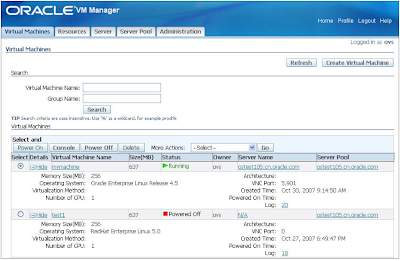
Isilon also has the ability to dynamically load balance NFS clients across the cluster, which will allow you to load balance your ESX host using multiple NFS mounts. Hopefully Vmware will soon support dynamic DNS IPs for cluster storage, which would allow only one NFS mount.
Performance using one ESX hosts is just as good the other NAS solutions I've tested. Each Isilon node adds CPU and cache, so a 6 node cluster is like having 6 NAS heads! So basically the cluster can grow up to 1.6PB and 96 nodes and performance gets better as you add nodes.
Isilon does Point in Time snapshots at any directory level which is also unique to the NAS market.
Isilon currently only does file replication to a secondary cluster, which means that if a file changes the whole file needs to be transferred to the second cluster. Block level replication is in the works...
Isilon has some real potential and some very unique features with OneFS, and with 10G support early next year Isilon might be a preferred solution soon.
I've started a Isilon Yahoo group here: Isilon at Yahoo! Groups
dp













